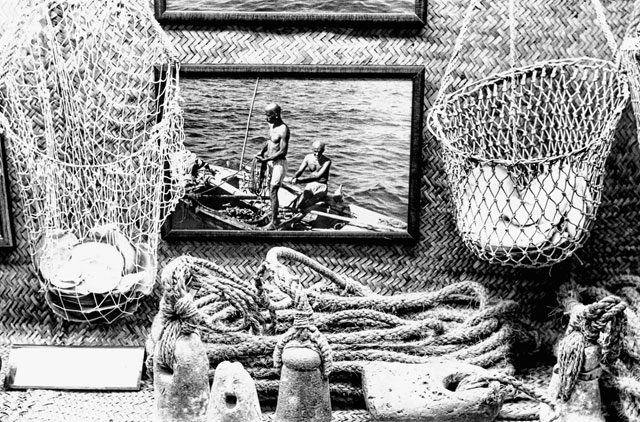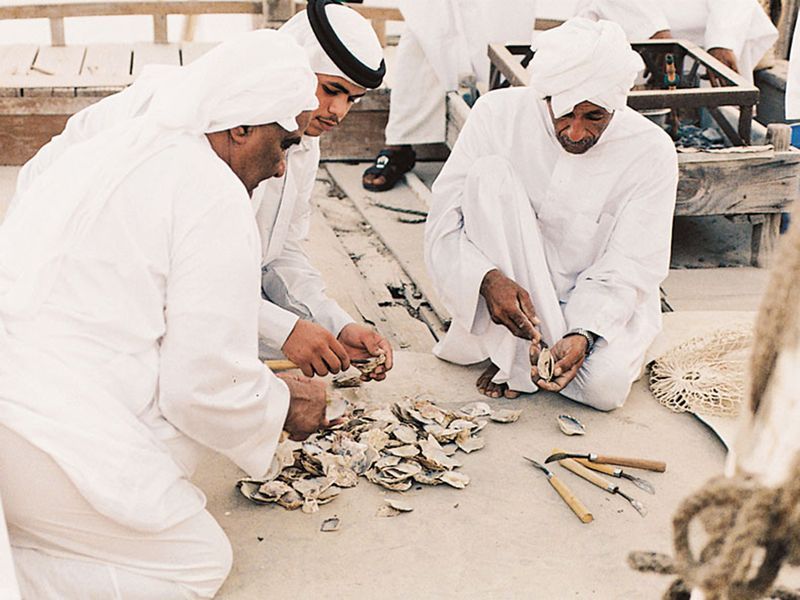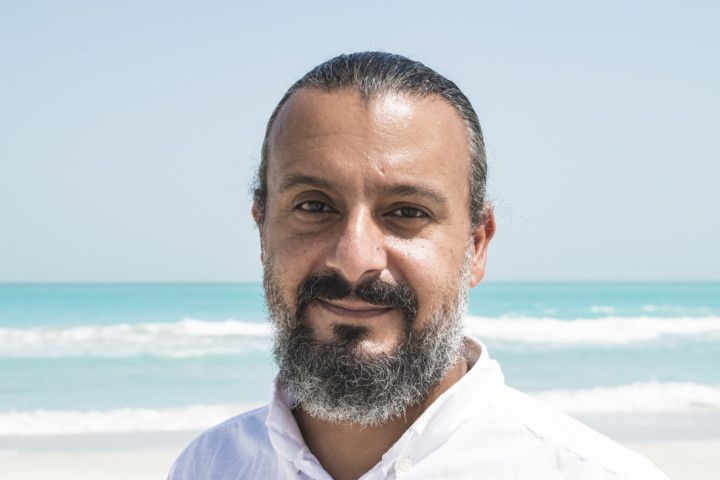
As we celebrate World Music Day, it is worth remembering a musical odyssey that accompanied the working traditions of our own previous generations here in the Gulf.
Pearl diving was a common trade right across this region, along with Yemen, for more than 150 years. And though it is impossible to pinpoint its origins, it probably started in the Gulf around the 1750s.
To understand the intricacies of how music played a part in its history, one must first understand the context of the work. Pearl diving would take place from April until September, and then, with the monsoons that followed, those pearls would be traded in Zanzibar and along the Swahili coast for mangrove poles, along with India in exchange of textiles, gold, and spices.

Though the tradition is often romanticised today, it was difficult and often dangerous work. Death was common from sheer exhaustion, with sudden changes in water pressure making people sick or worse for not getting any medical attention. Men would die from curable sicknesses like dysentery at the time, while forces of nature would manifest in the form of jellyfish and sharks. The weather played its own game.
On the one hand the men were extremely respected for their sacrifices, in the same way that war heroes might be revered, because the income from their work made life possible for people as well. Many of the divers were indentured servants due to the system of perpetual debt. And of course, there was also the slave trade, which played its own part in the story.
Music is life

One of the enduring legacies of pearl diving, however, is the music that accompanied those voyages. During its heyday, the ships would travel to ports in India and Northeast Africa, unload their goods and wait for the monsoon winds to change directions to sail home. During this downtime, pearl divers and sailors would interact and play music. Consequently, they would come home with a new rhythm, a new song they’d composed, and maybe with new instruments.
This meant the music was never fixed; it was based on myriad cultural engagements and born of loneliness, camaraderie, and joyfulness. And on every ship, there would be the ‘Nahaam’, a hired singer, and the third highest paid member of the crew, which speaks to the importance of the music for morale aboard these ships.
Spurred on by the Nahaam, the men would sing songs of incantation. Some of it was similar to the dhikr [sayings] found in Sufism in that they would recite the name of God or praise the Prophet [PBUH] over and over, while the bahri songs were used to pray for safety and salvation. This deep, heavy, meditative, and often spiritual music reflected the knowledge that the men were never sure if they would return home from a trip.
Accompanying the men’s voices was a large double-frame drum, the tabl bahri, imported to Kuwait around the 1930s, which became the main instrument of pearl diving music, along with the hand cymbals imported from India. The mirwas, a small, double-headed frame drum, which may have originated from the Swahili coast or Zanzibar, was also used to provide additional rhythm.
A strong Indian influence could be heard in these percussive beats, though coastal Persian and Swahili music also added to the polyrhythmic and intricate sound, which helped coordinate the movements of the sailors and the divers when they were rowing or raising the sails.
End of an era

Sadly, this utterly unique practise did not last. Pearl diving reached its zenith in the early 1900s, just before the First World War, but then came the Great Depression and the development of cultured pearls, which all contributed to the demise of the trade. By the 1950s, the establishment of nation states and the move to more industrial, petroleum-driven economies were changing the face of the Gulf, putting an end to centuries-old traditions. Pearl diving was outlawed, at least in Kuwait, in 1955.
The music survives today, however, thanks to the families in various Gulf countries who gathered the displaced pearl divers and sailors to create a safe, private space to make music and process the trauma they had lived through. It’s easy to romanticise pearl diving in a way that reduces the weight of its legacy. My grandfather, for example, was a shipmaster and he would not talk about his years as a pearl diver.
In the 1970s, one of these diwanyas [gathering hall], the Mayouf Mejally Diwaniya in Kuwait, of which I’m a member, opened to the public so that people could learn the music, and other diwaniyas followed. Since then, the music has been kept alive and exists all over the Gulf. I am working on a book that gathers the poetry and history through interviews with the last surviving divers, to document this vanished era, and to ensure that its beautiful musical traditions live on. — Ghazi Faisal Al-Mulaifi, PhD is an applied-ethnomusicologist, Assistant Professor at NYU Abu Dhabi, and founder of the music group Boom.Diwan.









